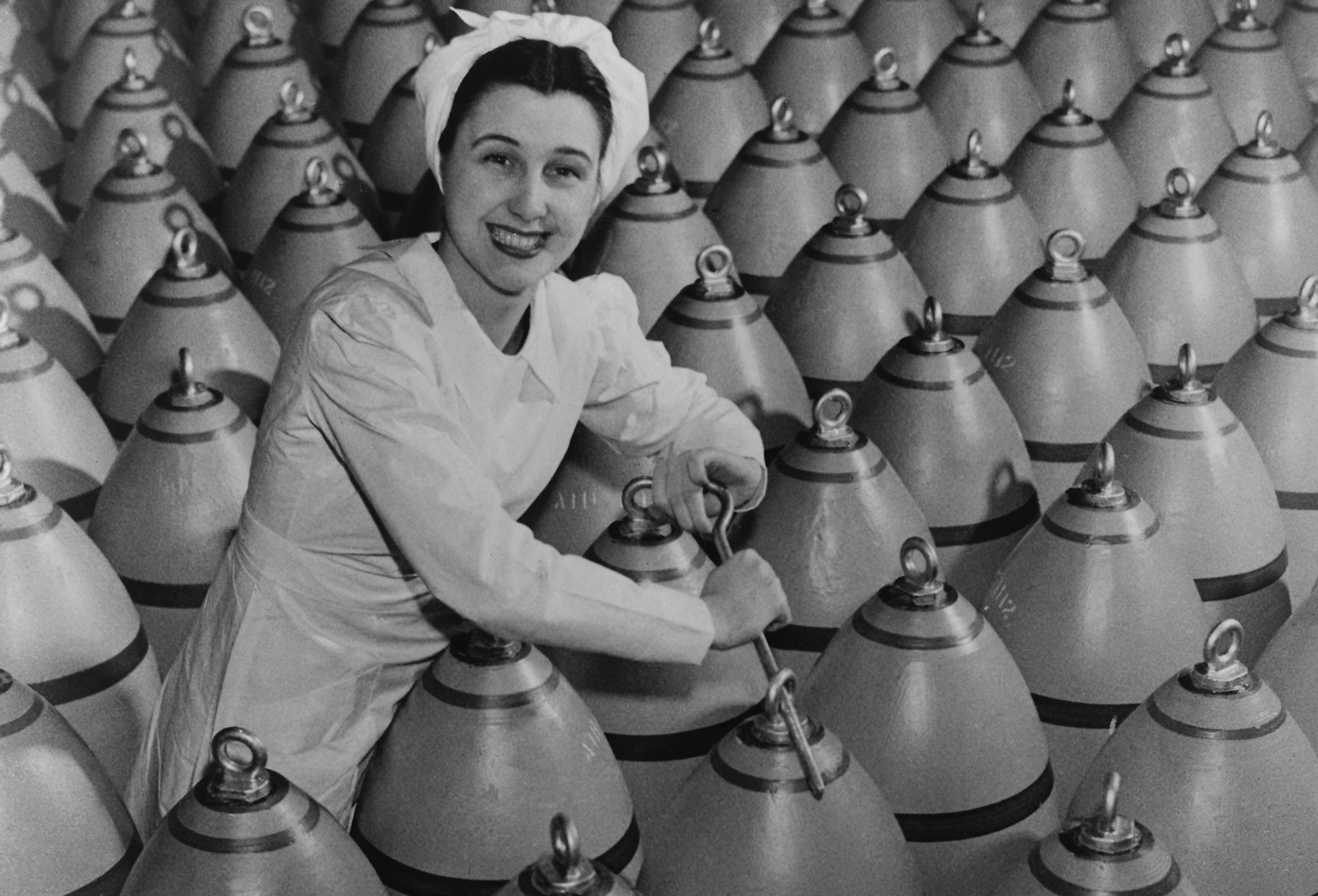
The Role of Canadian Women in WWII
During the Second World War, more women than ever before entered the Canadian workforce outside the home. This drastically changed the role of women in Canadian society. To help with the war efforts women worked in factories, and on farms and volunteered their time. Some women even went overseas to join the war effort themselves. This was the first time in Canada’s history that women could join the armed forces, navy, or air force in uniform. The role of Canadian women during the war contributed to Canada’s victory campaign.
Motivations
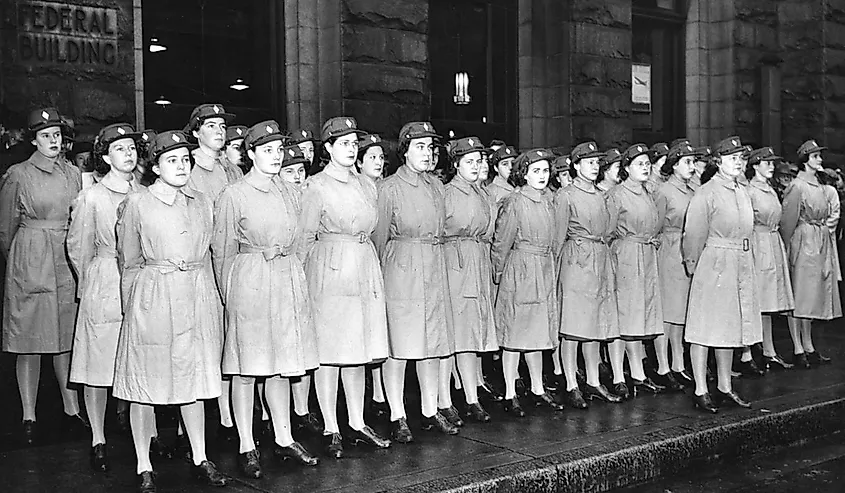
With their husbands and sons away at war, many women wanted to help in the war efforts directly. In October 1938, the Canadian Women’s Volunteer Service was formed in Victoria. More women than anticipated arrived for the effort. Although the service only needed 20 volunteers, 100 women showed up to help. Soon, more women wanted to help with the war efforts. This led to the creation of the Women’s Service Corp, modeled after the auxiliary groups in Britain. Similar groups formed in different provinces across Canada.
Working
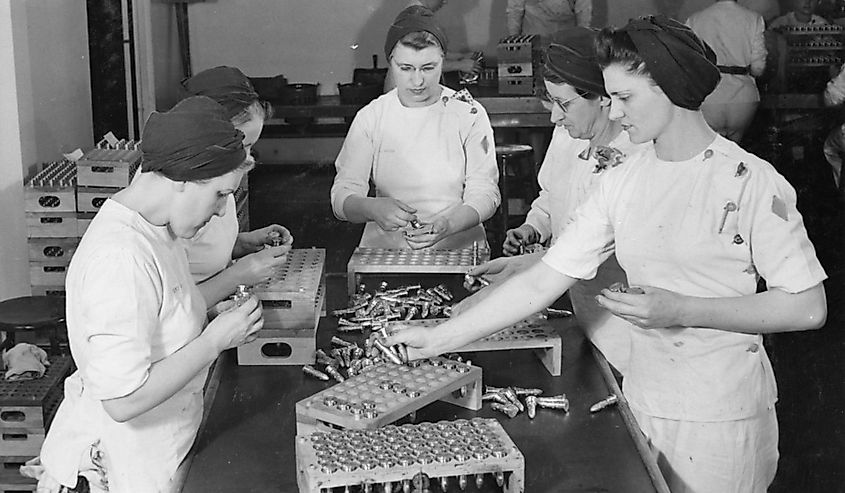
During World War II Canadian women started working at jobs traditionally held by men. Women worked in factories, building supplies for the war efforts, including, making parts for ships, aircraft, and manufacturing ammunition. Women also drove buses, taxis, and streetcars.
More women than ever before entered the Canadian workforce. There were thousands of Canadian women working jobs previously held by men. Before the war started, out of Canada’s population of 11 million people, only 600,000 Canadian women had permanent jobs. During the war this number doubled to 1,200,000 and from 1943 to 1944, 439,000 women worked in the service sector, 373,000 in manufacturing, and 4,000 in construction.
Elsie Gregory MacGill
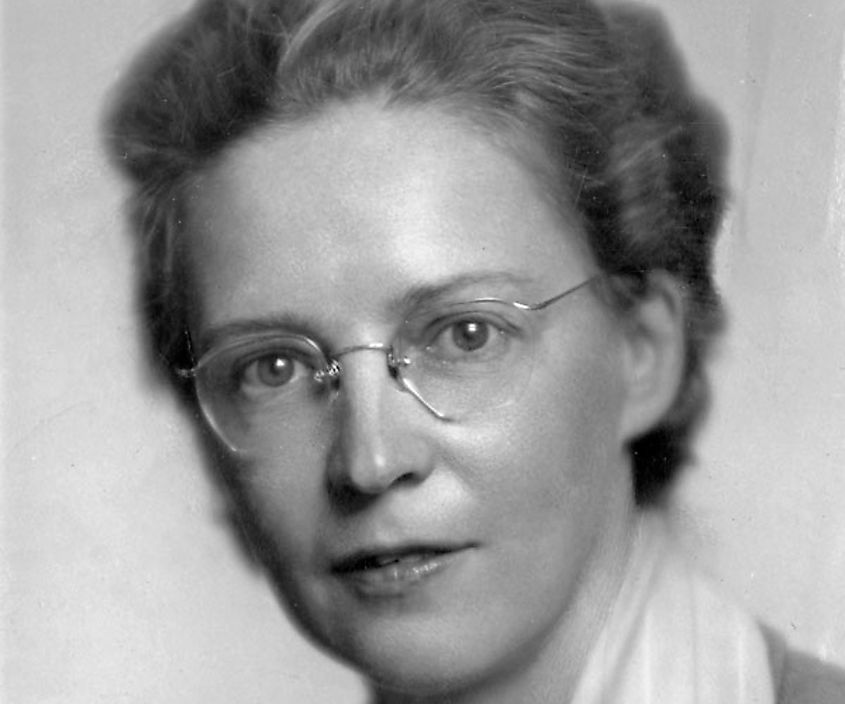
One woman even helped in the engineering of machinery during the war. Canadian woman Elsie Gregory MacGill was the first woman worldwide to graduate as an aeronautical engineer. She also became the first Canadian woman to practice engineering. In 1938 she presented a paper titled "Simplified Performance Calculations for Aeroplanes", to the Royal Aeronautical Society in Ottawa, which received high praise.
During the Second World War, she headed the Canadian production of Hawker Hurricane fighter planes. In 1940 her teams' design and production was turning out more than 100 Hurricane combat aircraft per month. Because of this she became known as the "Queen of The Hurricanes."
Volunteer Work
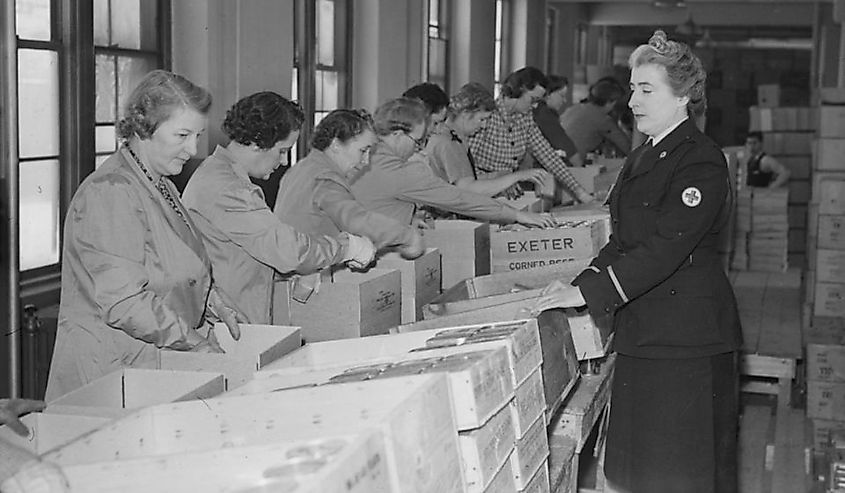
Outside of work, women contributed to the war effort through volunteer efforts. Women gathered items to make care parcels to send overseas. They knit socks, scarves, and mittens and helped refugees displaced by the war by setting up refugee centers and providing clothes. To help put more towards the war, women also learned how to do more with less. They made their own clothes and grew their own food. Women started growing victory gardens in their yards, consisting of small gardens of fruits and vegetables. This was a way for women to feed their families and help more resources go to Europe to help with the war effort.
As the war went on, household items such as sugar, coffee, and butter had rations. Some items, such as aluminum were hard to come by during the war because aluminum was important for building aircraft. To help the Canadian forces build more aircraft, women also held scrap metal drives, where people often donated perfectly good aluminum cookware.
Comrades
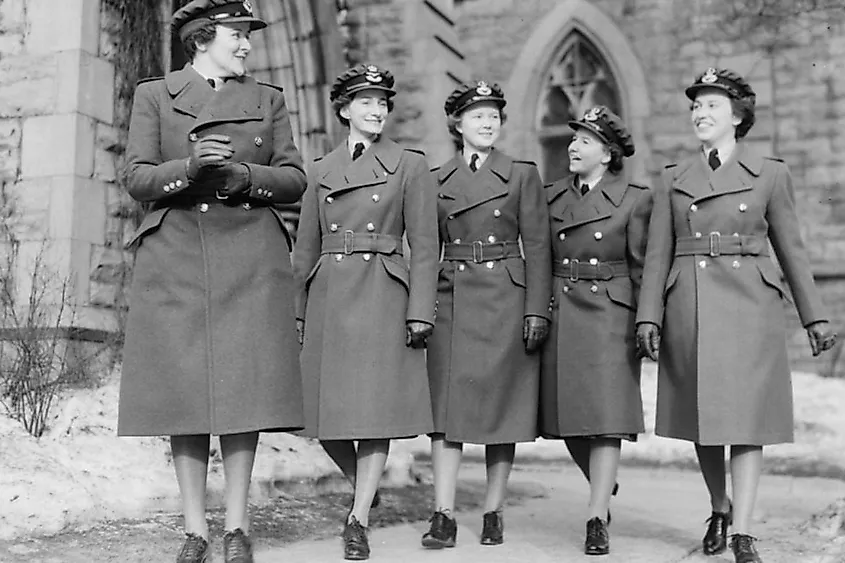
Some women did not want to just help from home, they wanted to join the war effort overseas. Between 1941 and 1942, the Canadian military changed forever when it made the decision to allow women to serve in Canadian uniform. More than 50,000 Canadian women signed up and served in the Canadian armed forces. Women served in the army, air services, and navy. The Canadian Women's Armed Forces had 21,600 members, the Women’s Division Royal Airforce had 17,400 members, and the Women’s Royal Naval Service had 7,100 members. Around 4,480 Nursing Sisters also served in the war. These women were also on the battlefield and many lost their lives.
The contribution of all Canadians during World War II was a show of patriotism to Canada’s legacy. The contribution of women during the war through work, volunteer efforts, and helping directly in the war efforts, contributed to Canada's success in the war. While the role of women was fundamental in helping with Canada’s war efforts in World War II, the changes in women's position in society contributed to advancing the women's rights movement. Women could serve in the Canadian army, and more women than ever before were working outside the home. This gave Canadian women new freedoms.











